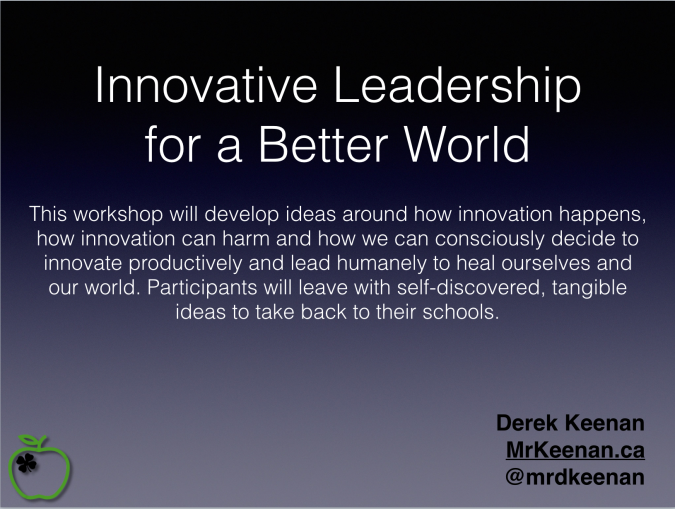I was thinking today about the choices we give students. When I look at my classroom through the eyes of a student, what would I see in terms of my personal choice? How many times during the day could I offer my unique perspectives, an answer that isn’t exactly what the teacher wants? Some days I think it could be very challenging in school to just have no opinions. Yet, so many of our students experience this very thing on a daily basis; moving from class to class with only notes to write, questions to answer and results to find.
My hope is that you looked at the title of this post and could easily list off the ways your students are able to take charge of their learning, how they can make their learning count in every minute of your class. If you aren’t there yet, maybe there are some ways to integrate student choice into your learning environment.
Create an independent choice project
As a high school English teacher, I often felt constrained by the requirements of curriculum to teach and follow certain texts. Not a great deal of choice right? What I found is that there was more there than I had considered. Not only could I vary how a student approached the text, but I could also vary the required outcome. So though I as the teacher may have wanted a certain learning outcome associated with each project, sometimes the students were better at choosing what was important about each project for themselves. As long as they knew the overall outcomes for the course, flexibility in the response was a worthwhile expression of their autonomy. Often it meant that they would complete assignments that they didn’t want to in order to get to do what they had a strong desire to work on.
Make choice part of the process
Even if there isn’t an immediate method to create choice in the content of the project; solicit initial thoughts, beliefs and feedback in the introduction, feedback loops or review of an assignment. Often there are ways to give students choice in their manner of responding to their learning, if we take the time to do it. Think about the things that seem most resistant to giving students choice, those items that require direct instruction or monitoring perhaps. Even giving the students a moment to speak about what they feel about that learning process can be beneficial. As an adult learner, I know that time to reflect on my learning with someone else is often as useful to keeping me involved in the learning as if I were doing the steering of the learning myself. Better yet if that feedback is collected and has some impact in the learning process.
Making choices allows us to feel a little more in control of our learning process, and can ultimately be the difference between what a student “Had to do,” at school versus what they “Got to do.” I’m always hopeful as a teacher and a parent that the latter perspective is the one that the students in my life are able to experience.

 This year I have the opportunity to present a session on Project Based Learning at both Palliser District Teacher’s Convention and South West Alberta Teacher’s Convention. You can download a PDF of the presentation below:
This year I have the opportunity to present a session on Project Based Learning at both Palliser District Teacher’s Convention and South West Alberta Teacher’s Convention. You can download a PDF of the presentation below: